Disclosure: Please note that some links are affiliate links, and at no additional cost to you, we earn a commission if you make a purchase.
If you would like to support this website in some way, using these links will help do exactly that.
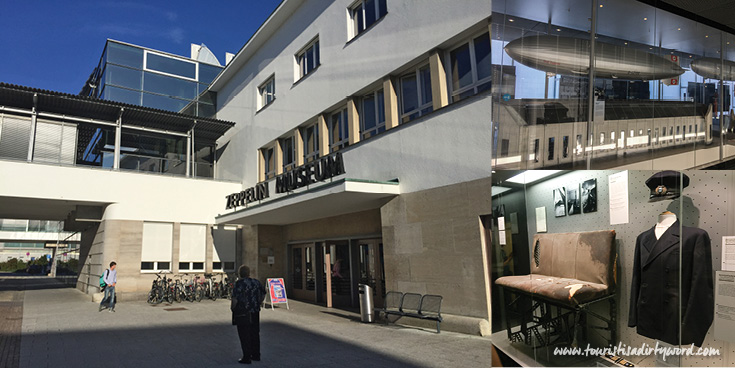
The size of the museum building was intriguing. A classic Bauhaus style building from 1933 enhanced with a large glass annex and three double-doors serving as an entrance. Inside I found myself in the middle of a marble entrance hall with water views of Lake Constance. Just off to the side I spotted a 33 meter long Zeppelin replica. Impressed, I was excited to take a look around.
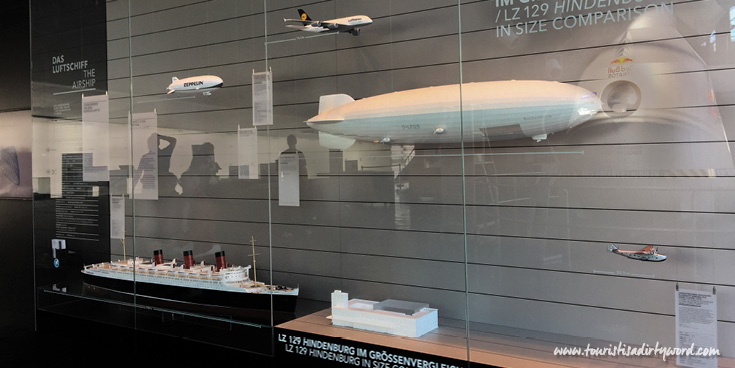
Friedrichshafen is the second-largest city on Lake Constance and owes its present size to partly to the establishment of the Zeppelinwerke, the first Zeppelin factory in 1908. The development of the gigantic airships started in Friedrichshafen, and up to this day many airship related companies have remained faithful to this city, which ultimately resulted in the creation of the Zeppelin Museum. After the acquisition of the harbor station by the city of Friedrichshafen, architects and museum specialists, the museum opened in 1996.
After purchasing the admission tickets, we entered the first room, showcasing the history of the Hindenburg airship and Graf Zeppelin. Above our heads was the gigantic looking exterior hull of the Zeppelin replica. I began to understand my family’s fascination in the stories of these huge airships.
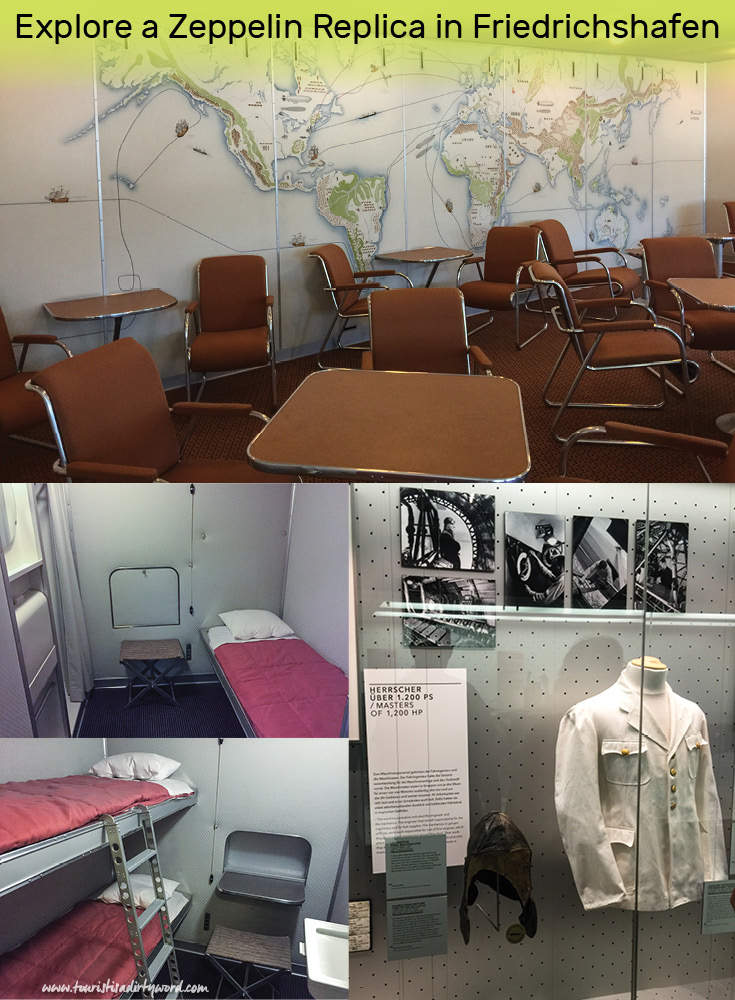
I was itching to get up into the Zeppelin replica. We walked up a staircase and crossed a small aluminum bridge into a corridor, which led us to see two guest rooms and one larger lobby room. The guest rooms were very tight, however the illusion of the reproduction was perfect. It felt like you were aboard an airship and could run into someone very rich and/or famous at any time, who were the only people that could afford such a trip.
Several glass cases displayed crew uniforms, food menus and items like a compass or maps, which were used to navigate this big balloon.
Our next stops were in the light-filled and more modern-themed history rooms, where there was more to discover. We found ballast containers, gearboxes, coins, tin toys, newspaper clippings and even original porcelain pieces with the name Hindenburg engraved on them. Passengers that booked such a trip did not eat from ordinary white plates. There were also corner displays with iPads showing 3D models of the different artifacts.
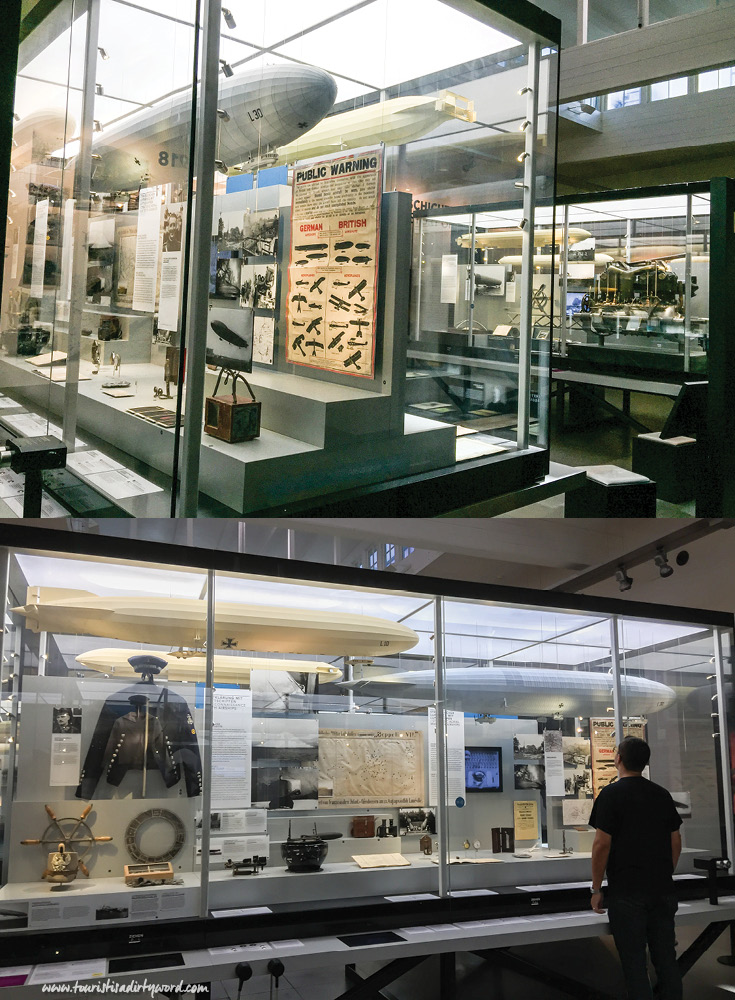
Another part of the exhibit halls revisits the use of airships in WWI and as American aircraft carriers. It felt like we were looking at Zeppelin-themed treasures, collected from all corners of the earth.
After spending most of our time on the second floor looking at all the knick-knacks and historic timepieces, we went up to the third floor. It was dedicated to Count Ferdinand von Zeppelin, who was an art lover. There is really no relation to the airships on this floor, and save a few pieces that Denise liked, we left disappointed after about ten minutes. To be honest, when we first arrived on the third floor we thought we were lost. This is a section you can skip if you’re tight on time. Do however make sure to take the time to appreciate the architecture of the building from the outside and inside and spend time on the second floor exploring all the artifacts in the glass showcases.
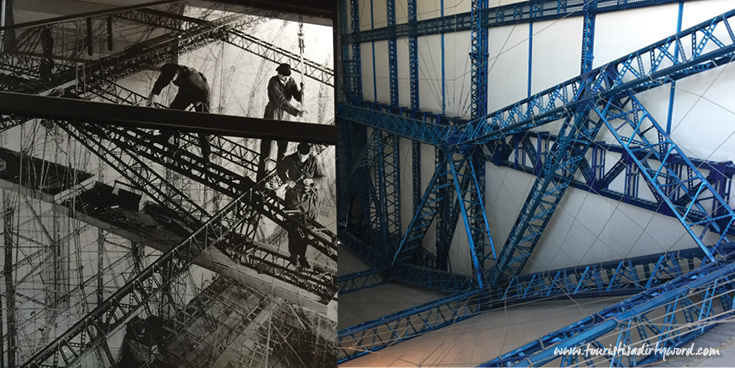
Follow Along
If you enjoyed this article, or these topics sound interesting to you, you'll love our weekly newsletter. You'll receive a free Germany Packing list for signing up, and you'll receive each week's newest posts every Friday. Thank you for reading!

